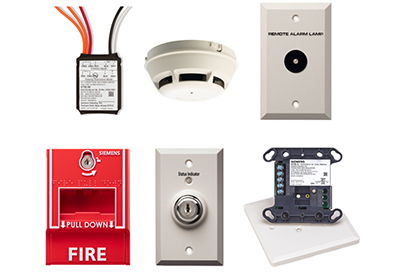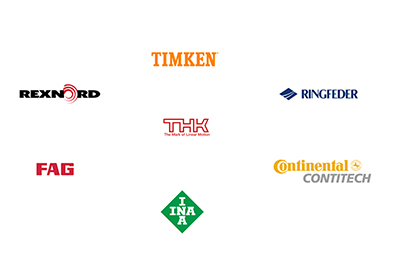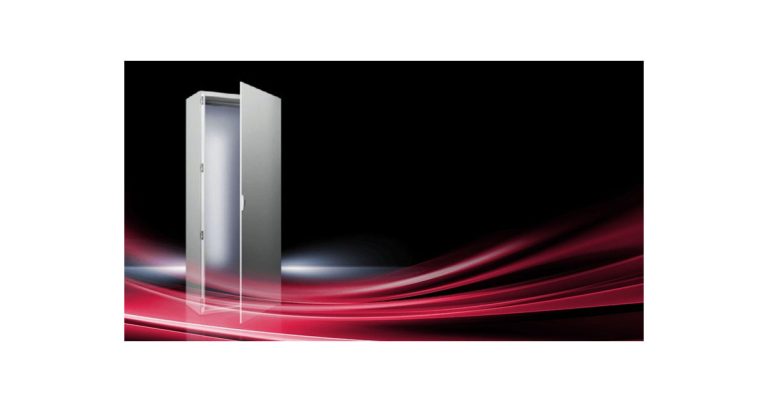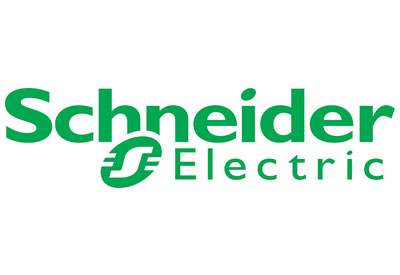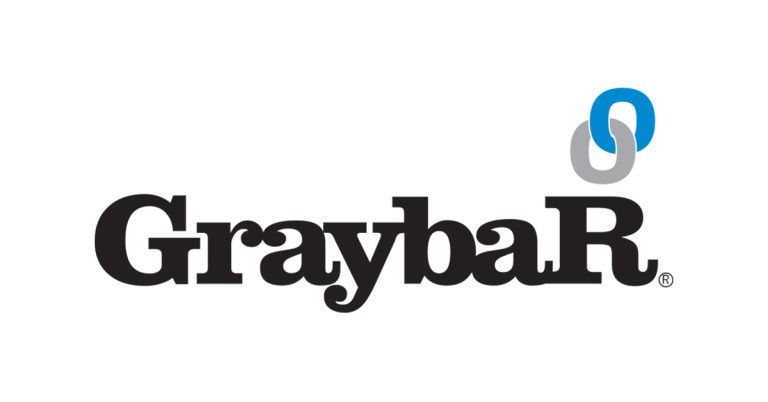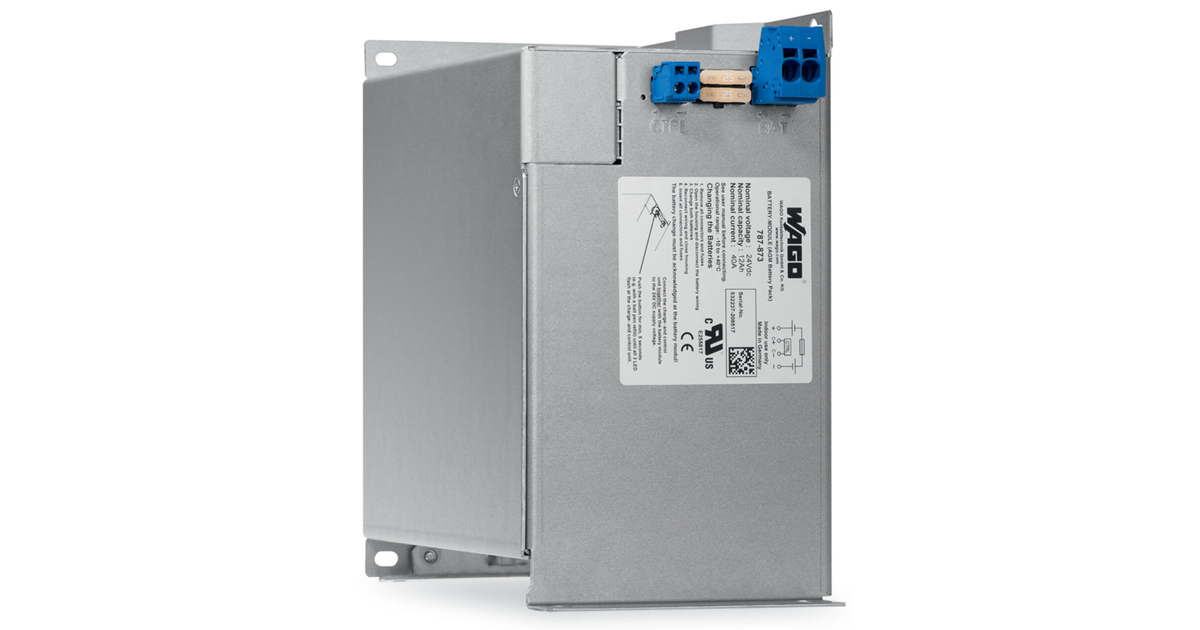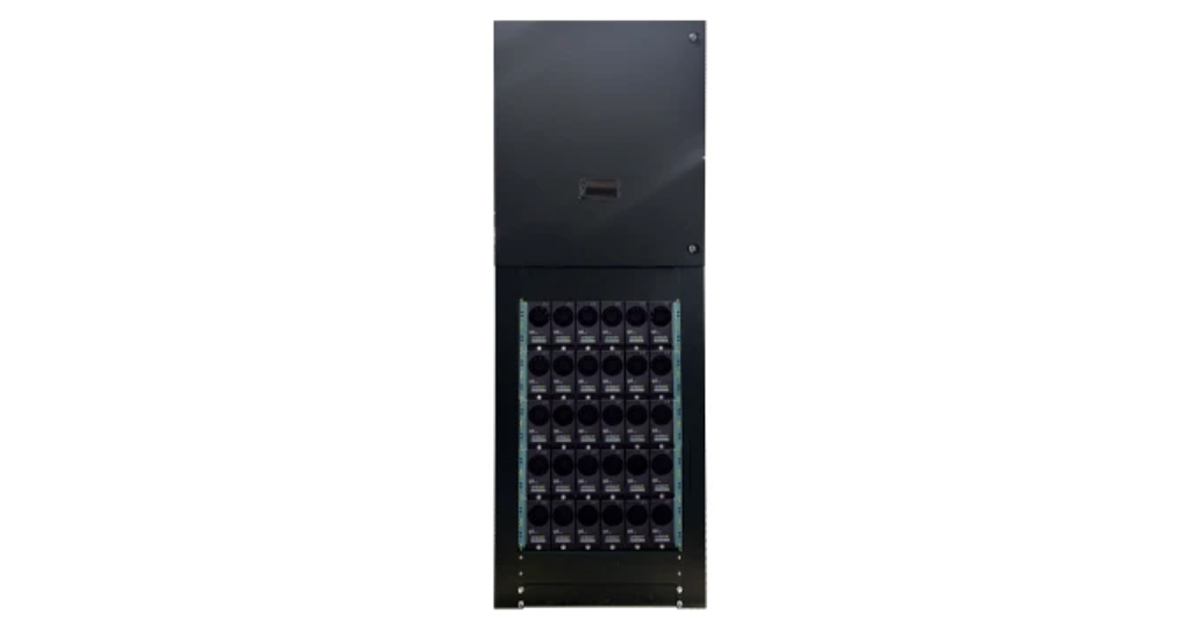Why Manufacturers Are Turning to Busbar to Help Reduce Energy Usage and Costs
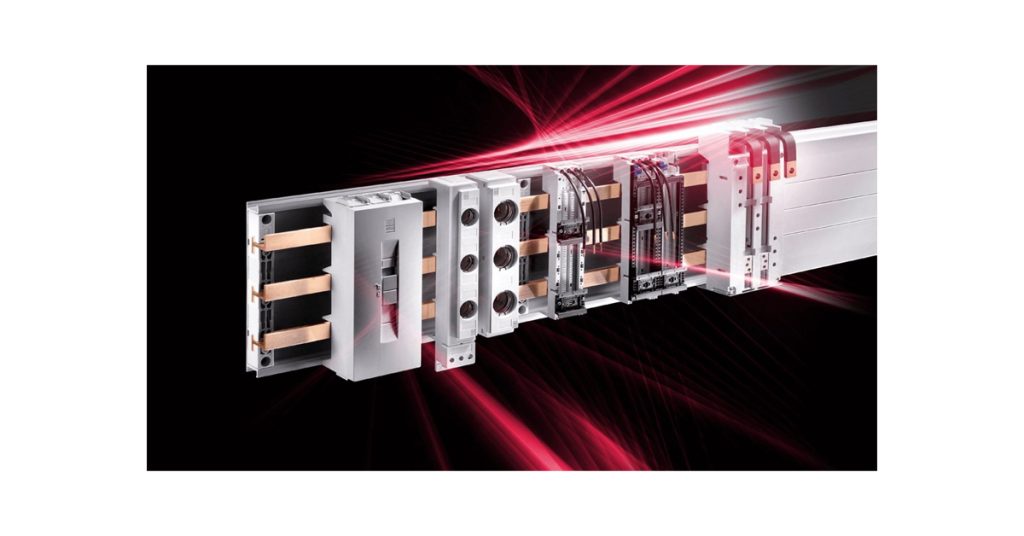
June 18, 2024
The move to busbar power distribution systems was ignited in large part due to new regulations outlined by the International Electrotechnical Commission (IEC) about the importance of global standardization in the design and functionality of industrial power distribution. But in the handful of years since busbar emerged on the world stage, manufacturers have experienced a variety of key benefits in incorporating this more modular approach to power distribution, particularly in terms of reducing energy consumption and costs.
Here, we’ll look at a couple of key design features of busbar power that can help manufacturers create a more cost-effective, efficient power distribution architecture, and what makes Rittal’s busbar power solutions the ideal choice for manufacturers in almost any application.
Busbar power systems are quick and easy to scale
One of the more impactful ways that busbar power distribution systems can help reduce costs and increase efficiency is the ability to quickly and easily scale to meet production demands.
Traditional control panels are limited in the ability to increase wiring capacity, and they also lack configuration flexibility and versatility. What’s more, control panels that can be modified usually require drilling or tapping of an industrial enclosure, and this can require both specialized tooling and a significant time investment. Modular busbar systems can be configured and modified without the need for drilling, and this also accelerates the ability to scale power distribution based on demand or the footprint of your automation infrastructure.
Whereas legacy IEC systems are designed for specific uses, busbar’s simplified engineering makes it easier for designers to retrofit power distribution systems to fit a wide range of applications.
This not only reduces the potential for downtime when scaling your automation infrastructure to meet production demands, but it also makes manufacturers better equipped to add new production lines based on market forces — for example, the flexibility of busbar power systems would streamline the process of adding a new production line.
Busbar power distribution prioritizes performance without sacrificing flexibility
Traditional industrial control panels rely on large power distribution blocks (PDBs) to provide electricity throughout an enclosure. Not only can these large PDBs be extremely cumbersome to install or customize given the amount of space they occupy, they also don’t offer the most efficient use of energy. What’s more, the large quantity of cables and wires used in traditionally wired panels takes up precious space inside the enclosure, making it difficult to troubleshoot issues or execute routine enclosure maintenance.
Busbar power panels are designed to replace the side line wiring and accessories of an industrial electrical panel. Busbar power panels replace power distribution blocks (PDBs) and the large number of cables with a single conductor that carries the same amperage while freeing up space inside the enclosure.
Making the move to busbar power helps maximize uptime on the factory floor by reducing instances of electrical overload which are one of the primary causes of motor failures — in fact, about 30% of all motor failures are caused by overload conditions, and busbar is better equipped to respond and adapt to an electrical imbalance.
Not only does busbar optimize the performance of your automation systems, it also helps create a safer manufacturing environment for workers, and it also helps reduce the likelihood of accident arcing, an event that can be extremely hazardous and costly.
From a short circuit rating, busbar power systems offer a higher default short circuit current rating (SCCR), which further enhances a safer automation infrastructure by adding additional protection from electrical faults or arcing incidents. Plus, the configuration flexibility of busbar allows for the integration of extra supports to increase the SCCR based on application or required voltage.
Busbar power distribution panels are manufactured to a global operational and efficiency standard
Speed-to-market and the ability to accelerate the deployment of automation systems are key for manufacturers to be competitive in their market. The variable nature of traditionally wired panels and the lack of product standardization can make it difficult to ensure delivery and deployment in ways that reduce the possibility of downtime. Busbar power panels are manufactured using IEC standards and UL guidelines that establish a standardized design for a more simplified approach to power distribution.
This simplified, standardized design also adheres to global safety and operational standards. Not only does this help manufacturers create more reliable, consistent power distribution workflows, it also helps manufacturers specify power distribution systems that can be easily integrated across a wide range of applications, creating more versatile power distribution solutions.
Rittal’s approach to modular busbar power panels can help you create automation systems based on speed, flexibility, and versatility. For example, RiLine Compact busbar systems utilizes a 3-pole, plug-and-lock connection at the front of the panel for easier, more efficient cable configuration. The RiLine Compact Busbar System offers a variety of mounting capabilities, including a top-mounting that allows for a more versatile use of space inside the enclosure and provides a complete touch-safe system.
But this is just the beginning of how busbar power can help manufacturers unlock more efficient, cost-effective power distribution.


